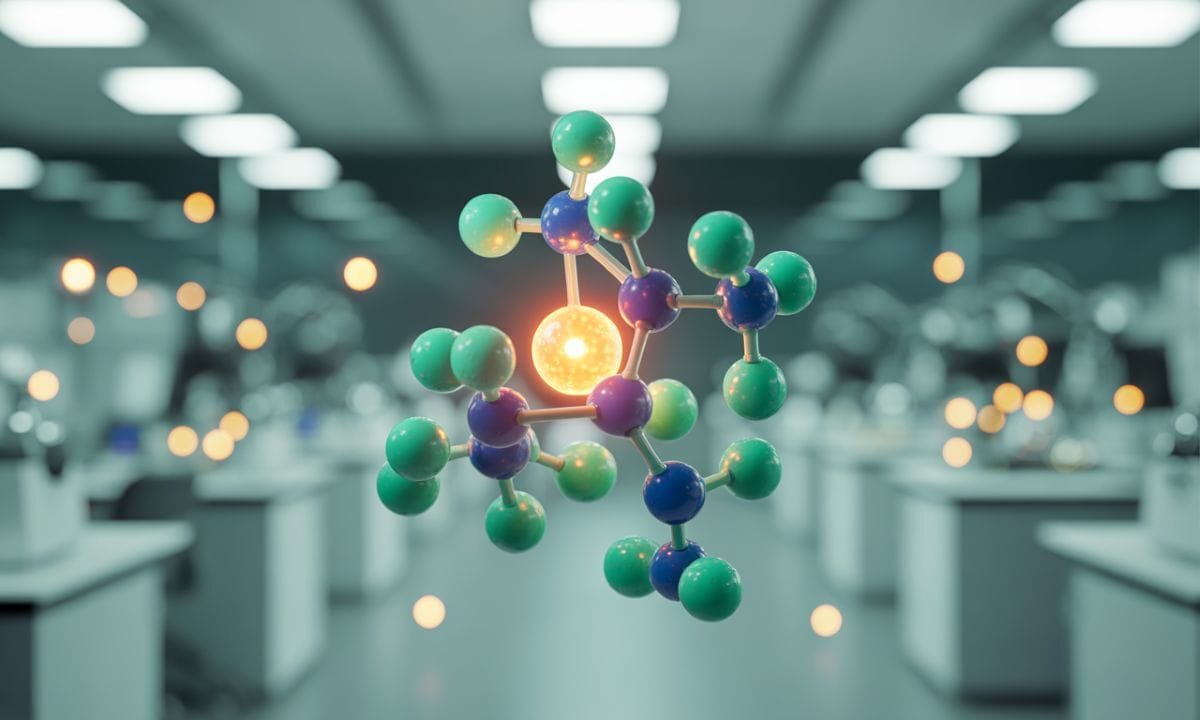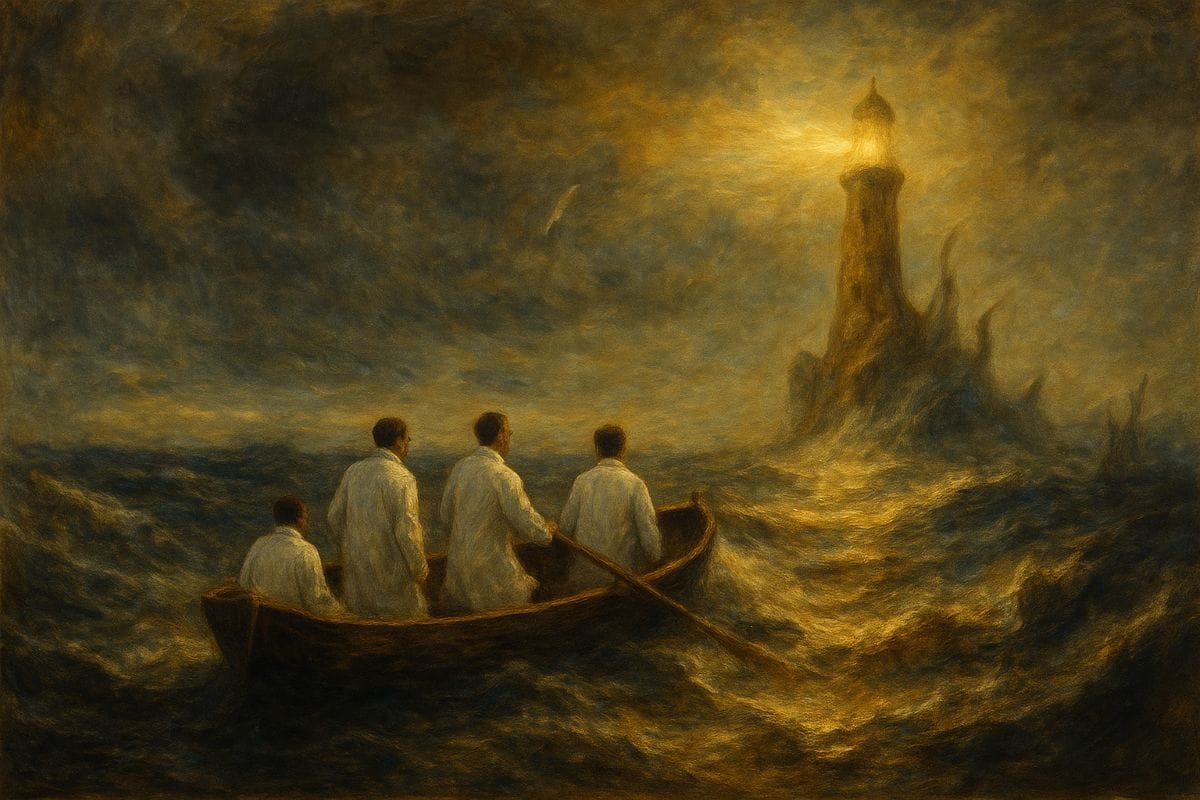- Biodesign Academy
- Posts
- Wild Grammar of Life: From Forest Genes to Regenerative Machines
Wild Grammar of Life: From Forest Genes to Regenerative Machines
What's been brewing this week?
Dear reader,
Artificial intelligence is now an inseparable part of biodesign, helping us fold proteins faster, imagine new materials, and open doors to careers that blend biology, computation, and creativity.
In this edition, we explore that history, from the first “robot scientist” to today’s AI partners in research, and share resources for students and educators shaping the future of the field. We also highlight projects that expand biodesign’s possibilities, from a new independent journal to groundbreaking work in regenerative medicine.
TL;DR (30 second summary):
Deep-dive guide for students & educators: Historical milestones, practical tools, and career insights for navigating the AI × Biodesign landscape.
Call for Papers: Feral Worlding: New print-only, independent biodesign magazine launching Nov 2025; seeks experimental, critical, and interdisciplinary contributions on “Staying with the Trouble.” Deadline: 30 Aug 2025.
Regenerative medicine spotlight: Colombian biologist Estefanía Ávila Jiménez is using AI, gene mapping, and Latin America’s biodiversity to pioneer kidney regeneration and explore carbon-neutral aviation fuels.

Deep-Dive Article: History and Scope of AI in Biodesign
From the world’s first “robot scientist” in 2009 to today’s multi-agent AI co-scientists, artificial intelligence has transformed how we design with life. In our latest deep-dive, we trace the milestones that made this possible: protein-folding breakthroughs, AI-driven material innovation, and the rise of hybrid careers at the intersection of biology, computation, and design.
Whether you’re a student building your first bio-AI portfolio or an educator shaping the next generation of biodesigners, this guide offers historical context, practical advice, and essential tools to navigate the rapidly evolving AI x Biodesign landscape.
Call for Papers: Feral Worlding – Issue 01
A new independent, quarterly, print-only magazine dedicated to the messy, critical, and interdisciplinary practice of biodesign launches this November. Feral Worlding sits in the space between academic journal and personal journal, welcoming friction, contradiction, and care over polished outcomes.
The first issue, Staying with the Trouble, invites contributions responding to “biodesign-fatigue” and the field’s increasing commodification. Submissions can explore what biodesign could be, who has access, and whose voices are heard: through essays, visual work, interviews, experimental formats, and more.
Submission options:
Two-page spread (750 words + images, or 1200 words text-only)
Alternative formats welcome (poetry, field notes, speculative blueprints, etc.)
📅 Deadline: 30 August 2025
📍 Launch Gathering: 7 November 2025, London
📩 Submit: [email protected]
🔗 feral-worlding.xyz
From Colombian Biodiversity to Regenerating Kidneys
Biodesign often brings to mind mycelium bricks or algae inks, but some practitioners work at the cellular scale, and inside the human body.
Colombian biologist Estefanía Ávila Jiménez began in ornithology and environmental microbiology before moving into regenerative medicine. At Bioldes Lab, she’s exploring kidney regeneration, mapping gene networks, building predictive ML models, and uncovering the molecular “blueprints” of functional organs.
Her motivation is personal: her father’s kidney disease. Replicating the kidney’s millions of filtering units means balancing precision with the unpredictable “stochasticity” of living cells.
In our latest blog feature, she shares why Latin America’s biodiversity makes it a natural biodesign hub, the interdisciplinary projects she’s helped shape: from Phases Lab (Peter Thiel Fellowship–backed) to Spora Studio, and her next big leap: creating carbon-neutral aviation fuel.
Biodesign’s future is being written by people who ask better questions, challenge the status quo, and bridge disciplines in unexpected ways. Whether through research, writing, or teaching, your role matters in shaping what comes next. Let’s keep building that future together.
Until next week,
Raphael, Founder, Biodesign Academy




